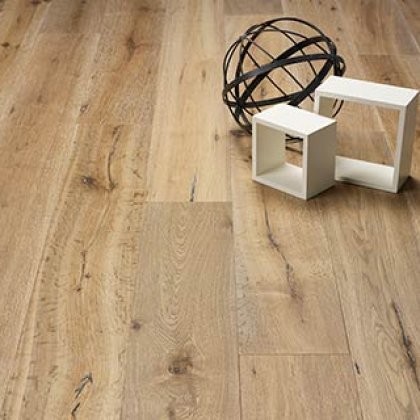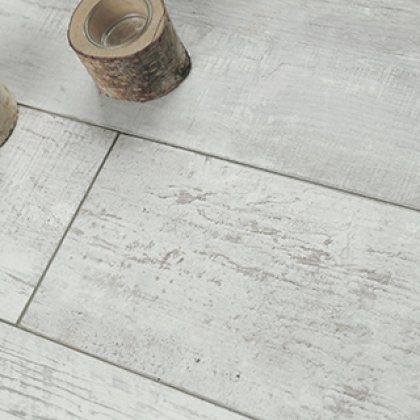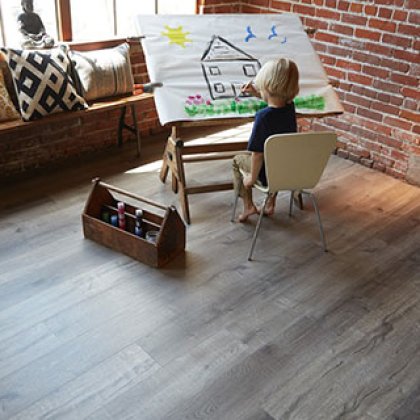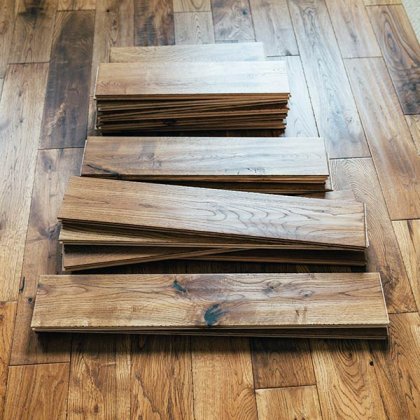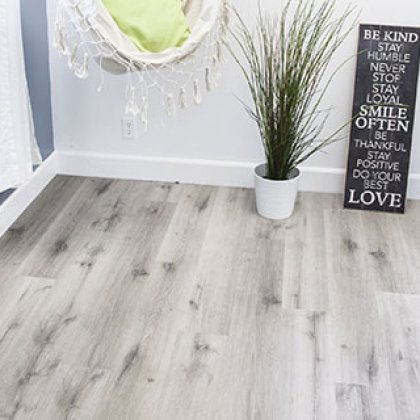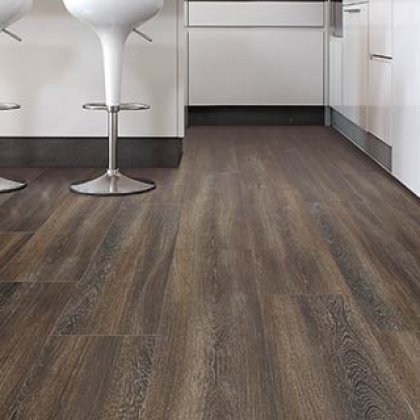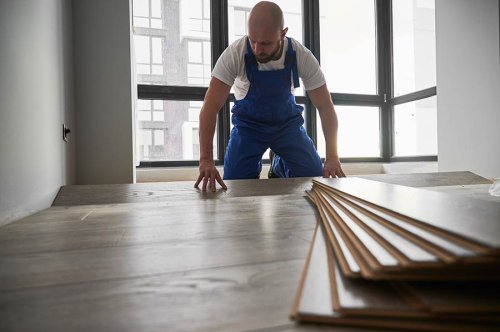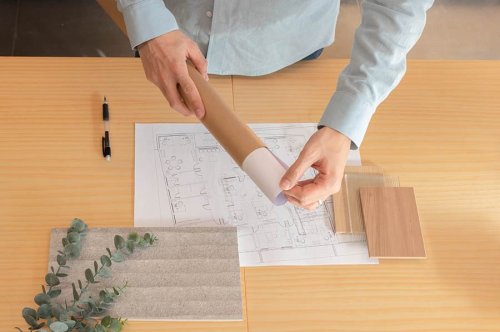Laminate Flooring Warranties: What You Need to Know

Choosing the right laminate flooring is a big deal, and the warranty can be a game-changer. Way back, floors were simple - wood, stone, or nothing. But now, with laminate, you get beauty plus durability. Yet, not all warranties are created equal. Some promise the moon but cover less than you think. We're diving deep into laminate flooring warranty comparison to help you spot the best deals. From what's really covered to what's just marketing fluff, we've got the lowdown to save your floors and your wallet.
Key Takeaways
- Laminate flooring warranties differ a lot. Look at what they cover before you buy.
- Not everything is covered. Know what's not included like water damage or wear in high traffic areas.
- Small details in the warranty can matter a lot, like how to file a claim.
- Brands don't all offer the same warranty. Compare them to see which one gives you the best deal.
- To keep your warranty good, follow care tips like using the right cleaners and avoiding water spills.
Understanding Laminate Flooring Warranties
Warranty Basics
A laminate flooring warranty is a promise. It comes from the maker of the floors. They say your floors will last for some time without problems.
If something bad happens to your floors, the warranty might help fix it. This can save you money and stress.
Warranty Purpose
The main goal of a warranty is to protect you. It makes sure you get good floors for your money. If the floors don't stay nice as they should, the company will help.
This promise shows that the company believes in their floors. It gives you peace of mind.
Reading Terms
Reading and understanding the warranty terms is crucial. Not all warranties cover the same things. Some might not help if water damages your floors. Others might not cover scratches or dents.
Knowing what your warranty covers can prevent surprises later. It helps you know how to take care of your floors right.
Coverage and Exclusions
Common Issues
Laminate flooring warranties cover several key issues. They promise to protect against wear, staining, and fading. This means if your floor loses its shine or color, you might be covered.
Warranties often include protection against defects from manufacturing too. If the planks were not made right, companies usually fix the problem at no cost to you.
Typical Exclusions
However, not everything is covered. Water damage is a big exclusion. If water ruins your floor, the warranty might not help.
Improper installation is another issue not covered. This means if the floor was not put in right, the warranty does not apply. Damage from accidents or misuse also falls outside most warranties.
Duration of Coverage
The length of coverage can vary. Surface wear usually has a shorter warranty period than structural integrity. Some brands offer up to 25 years of protection against wear but may limit other coverage to 10 or 15 years.
For structural issues, like the planks not fitting correctly over time, warranties can last a lifetime. It's important to read the details because each brand offers different terms.
Key Warranty Details
Warranty Length
The length of the warranty for laminate flooring can vary. Some brands offer 10-year warranties. Others may extend up to 30 years.
The longer warranties often apply to premium products. They promise more durability.
Maintenance Requirements
Proper care is crucial to keep your warranty valid. Most manufacturers require regular cleaning. They also advise against using harsh chemicals.
e warranties become void if you don't follow their guidelines. This includes installing the flooring in suitable environments.
Claim Process
Filing a claim involves contacting the manufacturer. You must provide proof of purchase. Sometimes, photos of the damage are needed too.
Manufacturers might ask for a detailed description of the issue. They do this before deciding on your claim.
Quick response from the company is essential. It helps resolve your concern faster.
In summary, understanding warranty details is key when choosing laminate flooring. The length, maintenance requirements, and claim process matter a lot. They ensure you get the best out of your investment.
Comparing Different Brands
Warranty Lengths
Different brands offer varying warranty lengths. Some may give you a 10-year cover, while others extend up to 30 years. It's crucial to check this.
Pergo, for example, offers warranties that can last up to a lifetime for residential use. Mohawk, on the other hand, has options ranging from 15 to 25 years. These differences show how much faith a brand has in its product.
Unique Coverage
e brands stand out by offering unique coverage features. Shaw Floors includes protection against water damage in their warranties.
Quick-Step goes further by covering not just wear and tear but also fading and staining. This level of detail means you're getting more than just a basic warranty.
Customer Satisfaction
Customer reviews often highlight satisfaction or issues with warranty services. Tarkett receives praise for its hassle-free claims process.
Armstrong, however, has mixed reviews. Some customers found the claims process challenging. It shows that a long warranty doesn't always mean easy service.
Tips for Maintaining Warranty
Proper Installation
Proper installation is key. It ensures your laminate flooring lasts long. Follow the manufacturer's guide closely. This prevents installation errors.
Hire professionals if unsure. They know how to handle different types of laminate flooring. Their expertise can save you from costly mistakes.
Regular Maintenance
Keep floors clean. Use a soft broom or a vacuum with a soft brush attachment. This removes dirt and debris without scratching the surface.
Mop with a slightly damp cloth. Avoid soaking the floor with water. Excess moisture can damage laminate flooring over time.
Use cleaners recommended by the manufacturer. Harsh chemicals can harm the finish. They might also void your warranty.
Avoiding Damage
Place protective pads under furniture. This prevents scratches and dents.
Wipe up spills immediately. Liquids can seep into seams, causing swelling or warping.
Don't use steam mops or wet mops. They introduce too much moisture to laminate floors.
Avoid dragging heavy objects across the floor. Lift and carry furniture when moving it around.
Final Remarks
Choosing the right laminate flooring warranty can save you a headache later. You've seen how warranties differ across brands and what to look out for in terms of coverage and exclusions. Remember, the key is in the details—understanding these can make or break your satisfaction with your flooring. With the tips provided, maintaining your warranty should be a breeze, ensuring your floors stay looking fresh for years to come. Don't just settle; compare and choose wisely to protect your investment.
Now's the time to act. Review those warranties one more time, armed with the knowledge you've gained. Pick the option that offers you peace of mind and suits your home's needs best. Your perfect laminate flooring, with a solid warranty to boot, is just a decision away. Dive in!
Frequently Asked Questions
What does a laminate flooring warranty typically cover?
Laminate flooring warranties generally cover manufacturing defects, wear, fading, and staining under normal residential use. Coverage varies by brand, so it's important to read the details carefully.
Are there common exclusions in laminate flooring warranties?
Yes, most warranties exclude damage from water/moisture, improper installation, accidents, and misuse. It's crucial to understand these exclusions to maintain your coverage.
How do warranties differ between laminate flooring brands?
Warranties vary significantly across brands in terms of length, coverage scope, and conditions. Comparing these details can help you choose a product that best meets your needs and expectations.
What are key details to look for in a laminate flooring warranty?
Key details include the warranty period, what’s covered (e.g., wear, fading), exclusion specifics, and the claims process. Understanding these can help ensure you're adequately protected.
How can I maintain my laminate flooring warranty?
Maintain your warranty by following the manufacturer's installation guidelines, using appropriate cleaning methods, and promptly addressing any moisture issues. Regular maintenance is crucial.
Can I transfer my laminate flooring warranty if I sell my home?
e laminate flooring warranties are transferable to a new homeowner once, while others are not. Check your warranty's specific terms regarding transferability.
Is it worth comparing laminate flooring warranties before purchasing?
Absolutely. Comparing warranties can provide insight into the quality and durability you can expect from the flooring, ensuring you make a well-informed decision that suits your long-term needs.





